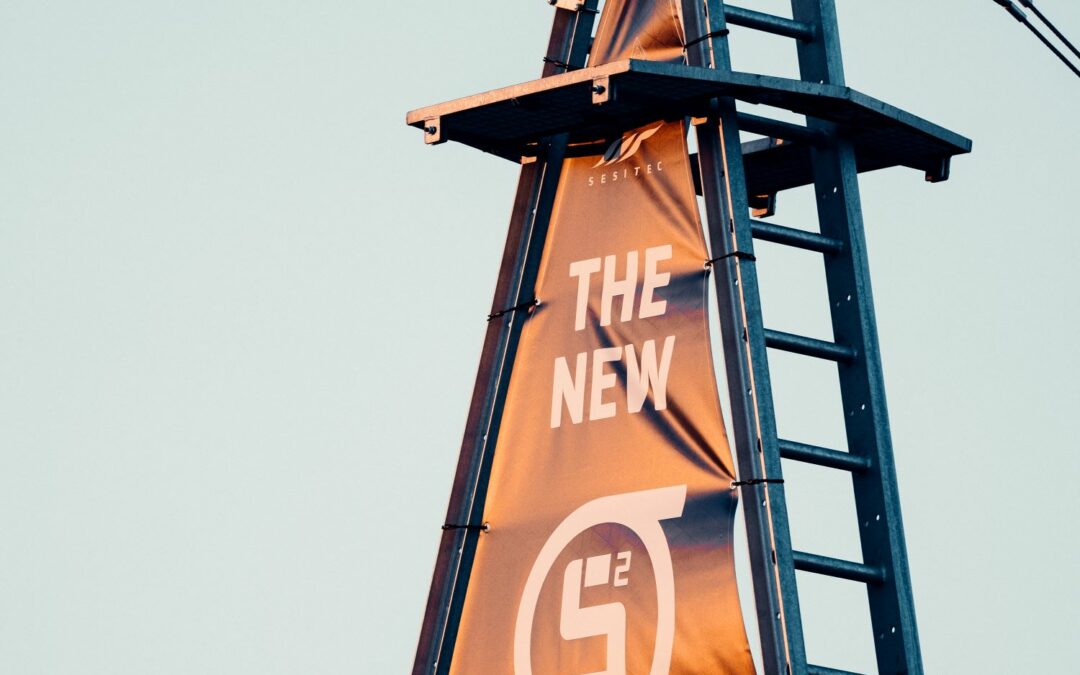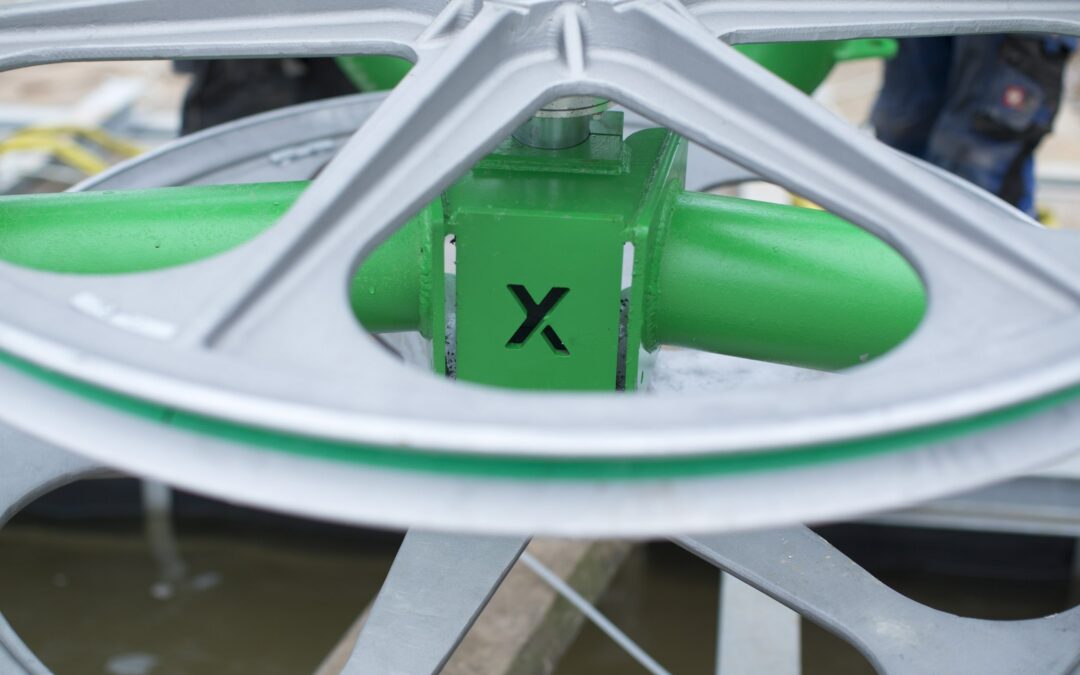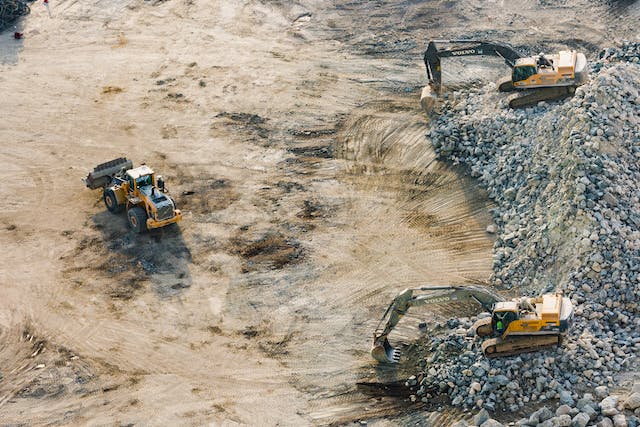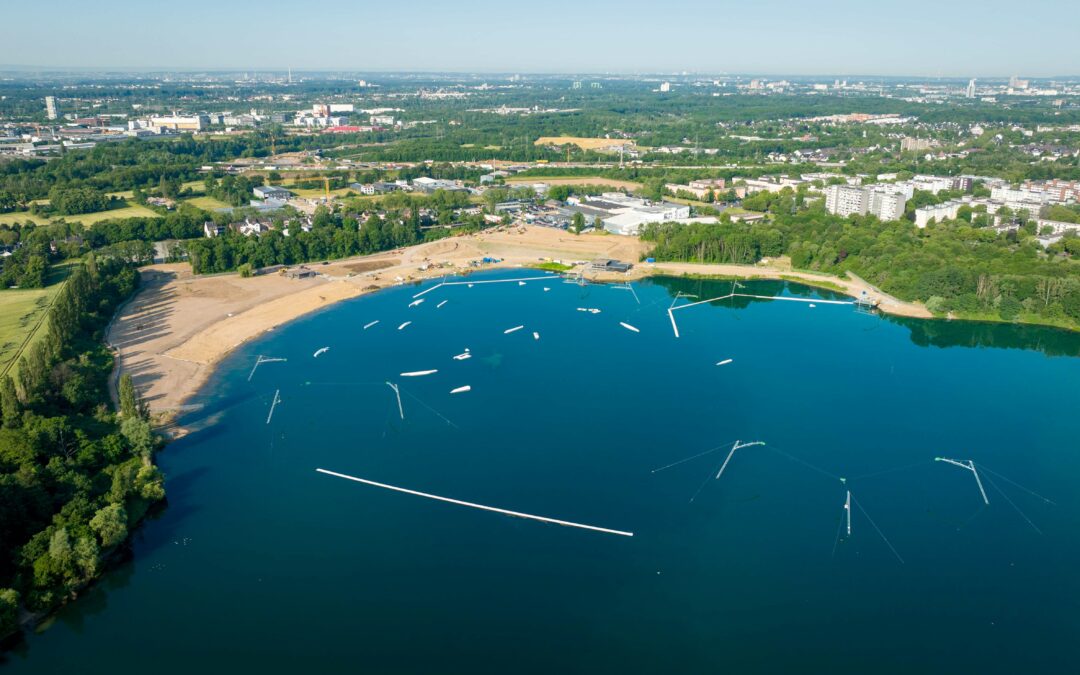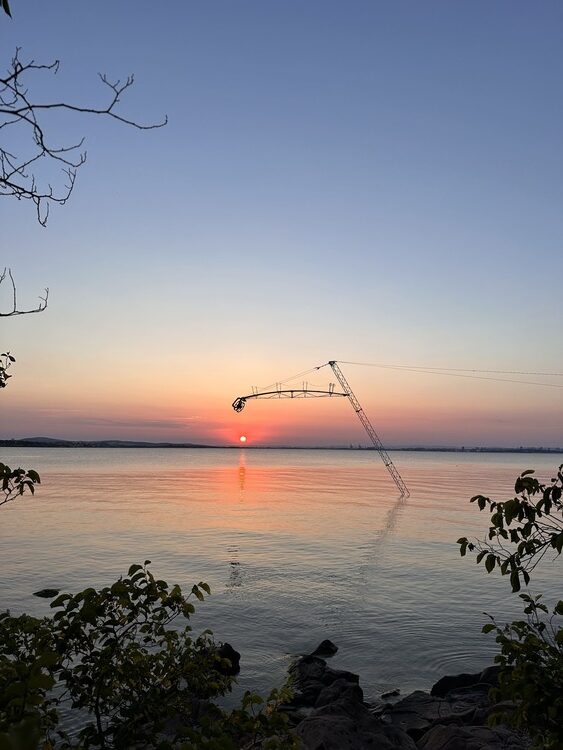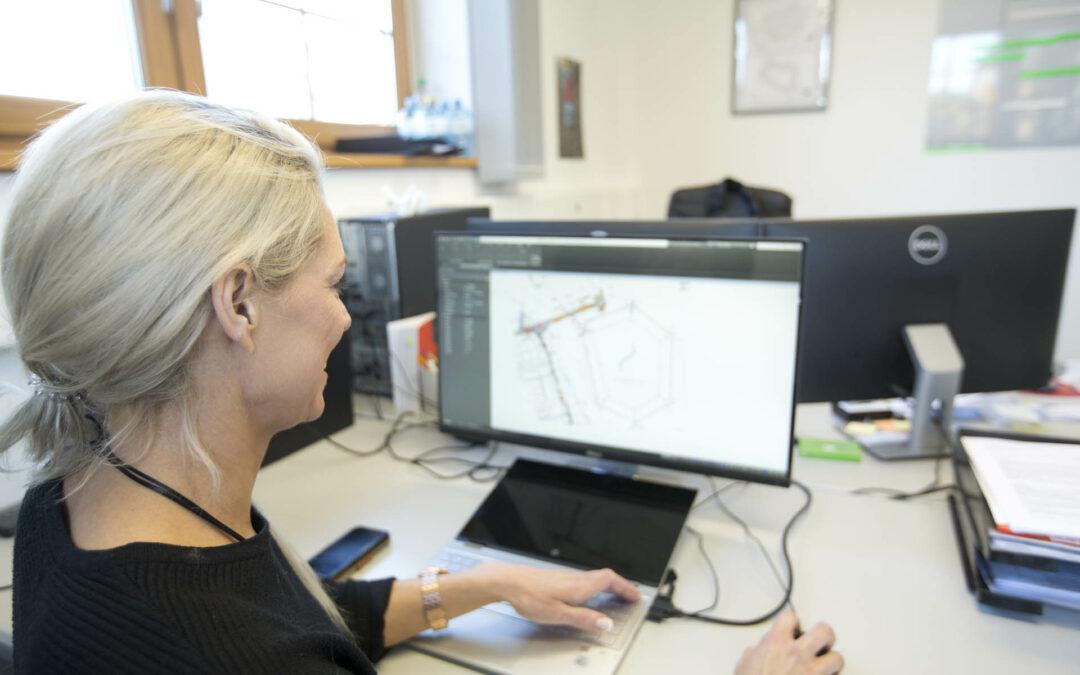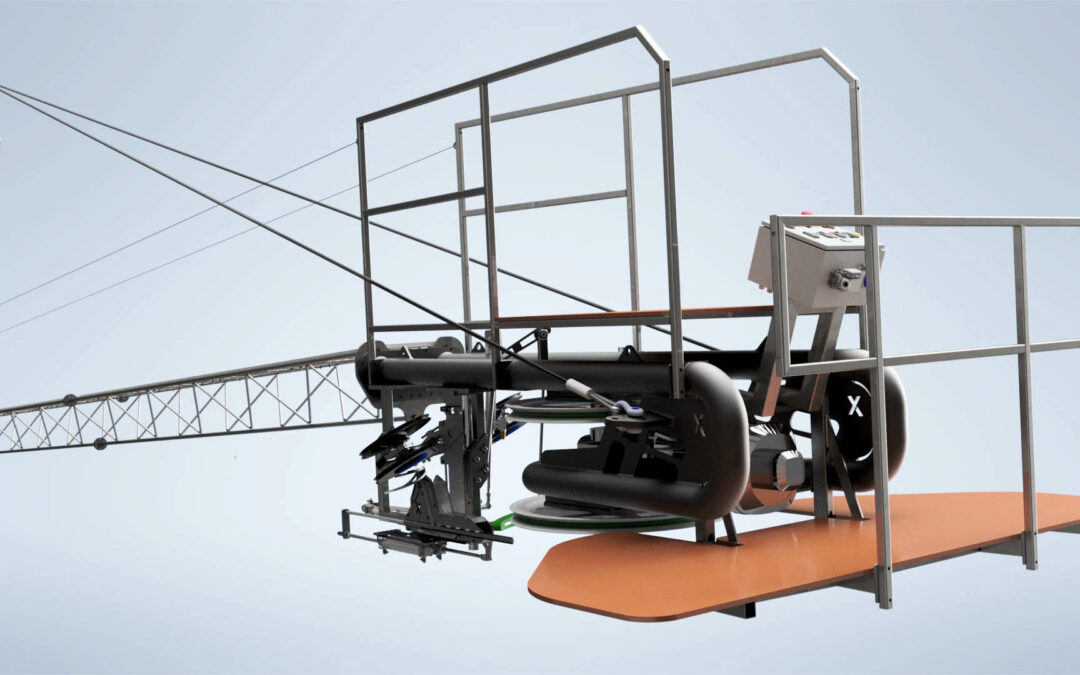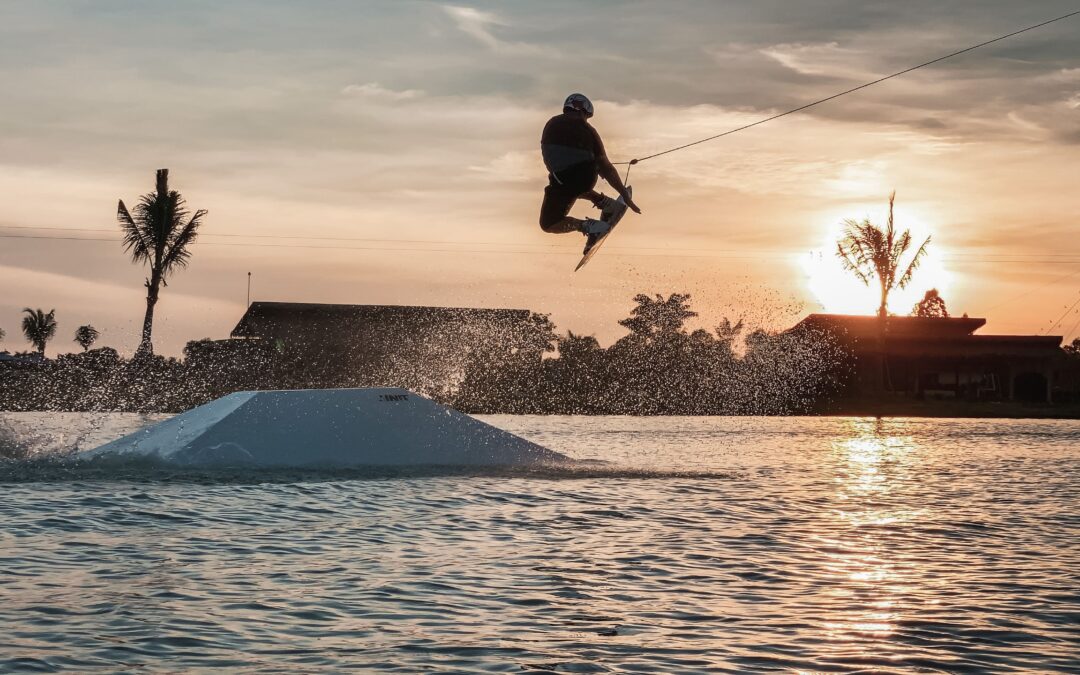The construction of a wake park entails costs that are strongly determined by the specifics of the location. Depending on the required infrastructure, preparatory measures, installation and facility requirements, expenses can reach into the millions, a sum that few individuals possess. Typically, investors or loans are necessary to secure the needed funds.
Investors, banks and financial institutions are primarily concerned with the profitability of their investment. Two main tools for evaluating this are the feasibility study and the business plan, with the former preceding the latter. The feasibility study aims to assess the project’s viability by examining various aspects and determining whether they are practically achievable, feasible with available resources and economically sound.
A feasibility study serves as a foundation for a solid business plan and should be prepared with care and on the basis of thorough research. Its purpose is not only to provide decision-makers with a realistic assessment of the project but also to assist you as a future wake park owner in obtaining comprehensive information, familiarizing yourself with the key aspects of your venture and determining whether your planned business stands a chance of succeeding in the market. We provide you with a guideline for conducting a feasibility study and give you an overview of what you need for a well-founded concept to support you on your path to financing.
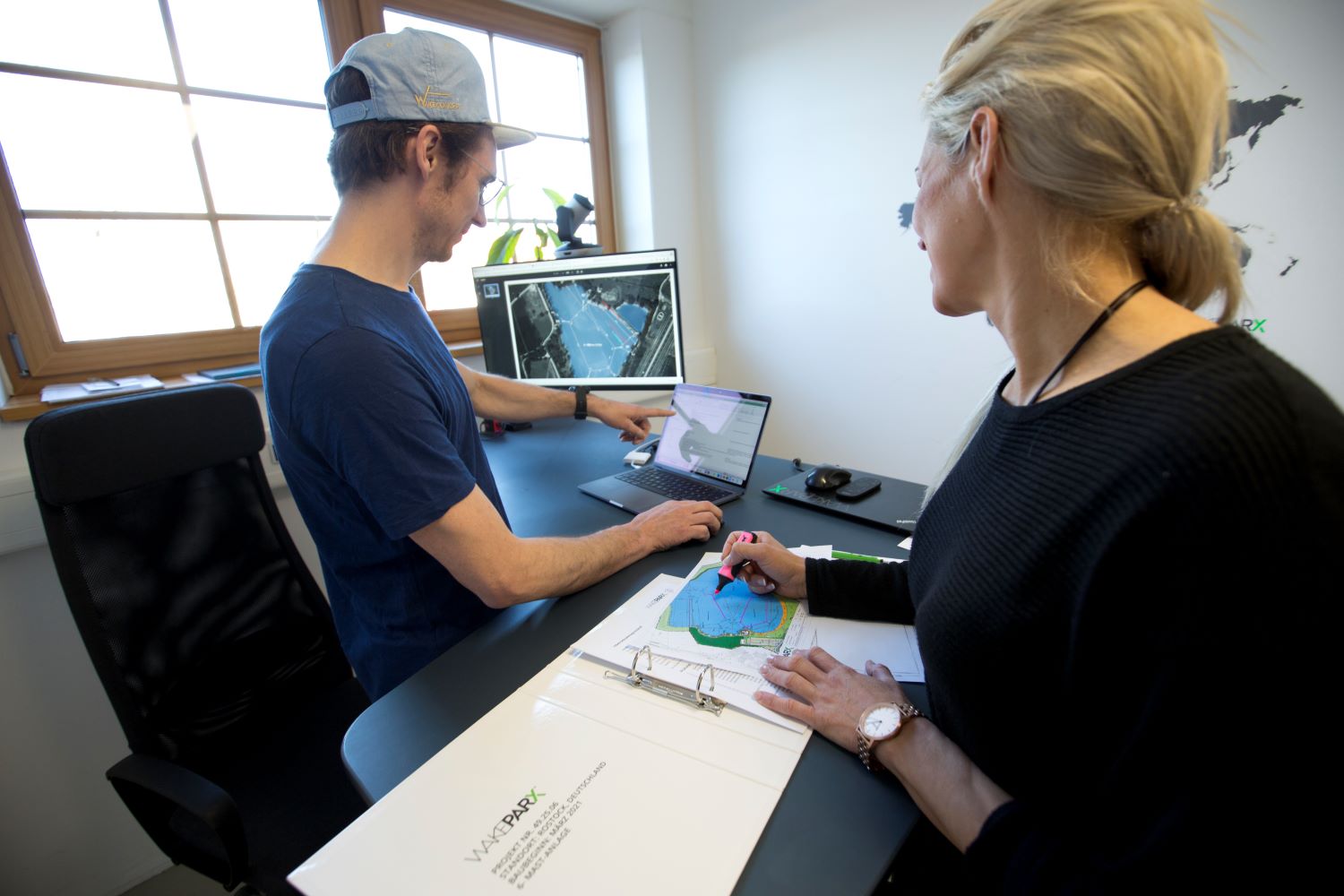
© Dan Deak Bardos
Outline for conducting a feasibility study for a wake park
A feasibility study is a comprehensive analysis that assesses the feasibility of a project from financial, legal and various other perspectives. Its structure is organized as follows.
1. Executive Summary
| 1.1. Provide a brief overview of the wake park project | Start with a brief overview of your wake park project. Since wakeboarding is still a relatively young sport and may not be familiar to everyone, we recommend to explain what wakeboarding, waterskiing and a wake park actually entail. |
| 1.2. Define the purpose and scope of the feasibility study | Explain what the feasibility study is intended to accomplish and why it is important. |
2. Introduction
| 2.1. Describe the objectives and goals of the wake park project | Define short-term and long-term goals for your wake park project and provide information about its scope. |
| 2.2. Provide an overview of the methodology used for the study | Explain your approach and the methods you employ for conducting your feasibility study. |
3. Market Analysis
| 3.1. Identify and analyze the target market for the cable park | Which groups of people should be addressed and reached with the wake park project? |
| 3.2. Assess the demand for wakeboard facilities in the region | Is there a demand for wakeboarding facilities or recreational, leisure or sports activities in general at the location and in the surrounding area? |
| 3.3. Evaluate the size and growth potential of the market | How many cable parks and wakeboard facilities exist in the area and how are they distributed? What do they offer and what kind of offer do you have planned for your wake park project? |
| 3.4. Identify potential competitors and analyze their attractions |
How has the market developed nationally and internationally in the recent past and what trends are emerging? We recommend including global developments and referring to wake parks that are already operating successfully in order to illustrate that the business is no longer new territory. |
4. Location and Site Evaluation
| 4.1. Assess location potentials for the wake park | Evaluate the suitability of the location for building and operating a wake park. Why is it a good idea to establish your venture at this site? Additionally, consider site-specific factors such as size and provide initial sketches for layout or architectural drawings. |
| 4.2. Consider location specific factors (accessibility, proximity to target audience, availability of water bodies etc.) | How is the connection to public transportation? Are parking spaces available? Are there any other nearby attractions? Is there an existing water body? Is there potential for expansion and development? This is where individual advantages of the location can be incorporated. |
| 4.3. Evaluate the costs (rental/lease/purchase) for the land | Depending on whether the area for the wake park is rented, leased or purchased, relevant costs should be specified. |
| 4.4. Assess any regulatory or environmental considerations |
Are there specific regulations or requirements applicable to the location that need to be met? For instance, does the site fall within a protected landscape or near a nature reserve? Such aspects should be addressed at this point. |

© Dan Deak Bardos
5. Financial Analysis
| 5.1. Estimate the initial investment required for the cable park (wakeboarding facility, installation, preparation, external construction measures, infrastructure etc.) |
The costs of building a wake park largely depend on the site specifications. We provide an overview with reference values for the total costs of a wake park in this blog post. |
| 5.2. Estimate the costs for operating the wake park (staffing/salary, utilities, equipment, insurances, marketing etc.) | All ongoing operating costs must be included in the feasibility analysis. |
| 5.3. Determine the revenue potential based on projected visitor numbers, pricing and, if applicable, other revenue streams (shops, gastronomy, equipment rental etc.) | The income must be estimated just as realistically as the costs. The more revenue streams you have, the better. |
| 5.4. Conduct a break-even analysis | By calculating the break-even point, you can determine when the wake park project will start to generate a profit and become financially viable. It helps to define the number of visitors needed to cover costs. |
| 5.5. Perform a sensitivity analysis to assess the financial viability under varying influencing factors |
A sensitivity analysis reveals the effects of changing parameters and situations on financial outcomes, allowing for the identification of initial risks and potential planning of actions accordingly. |
6. Technical Requirements
| 6.1. Identify the technical requirements for constructing and installing the wakeboard facility | The technical framework conditions are listed in detail here. This helps decision-makers to understand the structure of a wakeboard facility. |
| 6.2. Evaluate the availability and feasibility of sourcing equipment and materials | This includes the technical equipment such as features/ramps for the cable park, any necessary floating walkways, but also rental equipment such as wakeboards, water skis, water ski vests, helmets etc. |
| 6.3. Consider any technical or engineering challenges that may arise during construction and operation | If there are any structural or technical challenges that need to be addressed at the site, potential solutions can be proposed at this point. |
7. Legal and Regulatory Considerations
| 7.1. Identify and analyze the permits and licenses required to establish and operate the wake park | Legal requirements may vary from country to country. Specify which permits you require and which expert reports you may need to commission. |
| 7.2. Assess any legal and liability considerations associated with water sports activities | When it comes to water sports activities, it is important to be mindful of potential liability risks. It is advisable to ensure that all necessary liability insurance policies are in place. |
| 7.3. Evaluate any environmental or conservation regulations | Current environmental and conservation regulations must be identified and adhered to. For instance, it may be necessary to create compensatory areas if the construction of a wake park affects the natural environment. |
In order to assess the legal feasibility, you must get in contact with the relevant authorities and understand the regulations. Information and application processing often involve long waiting times, so we recommend seeking information as early as possible.
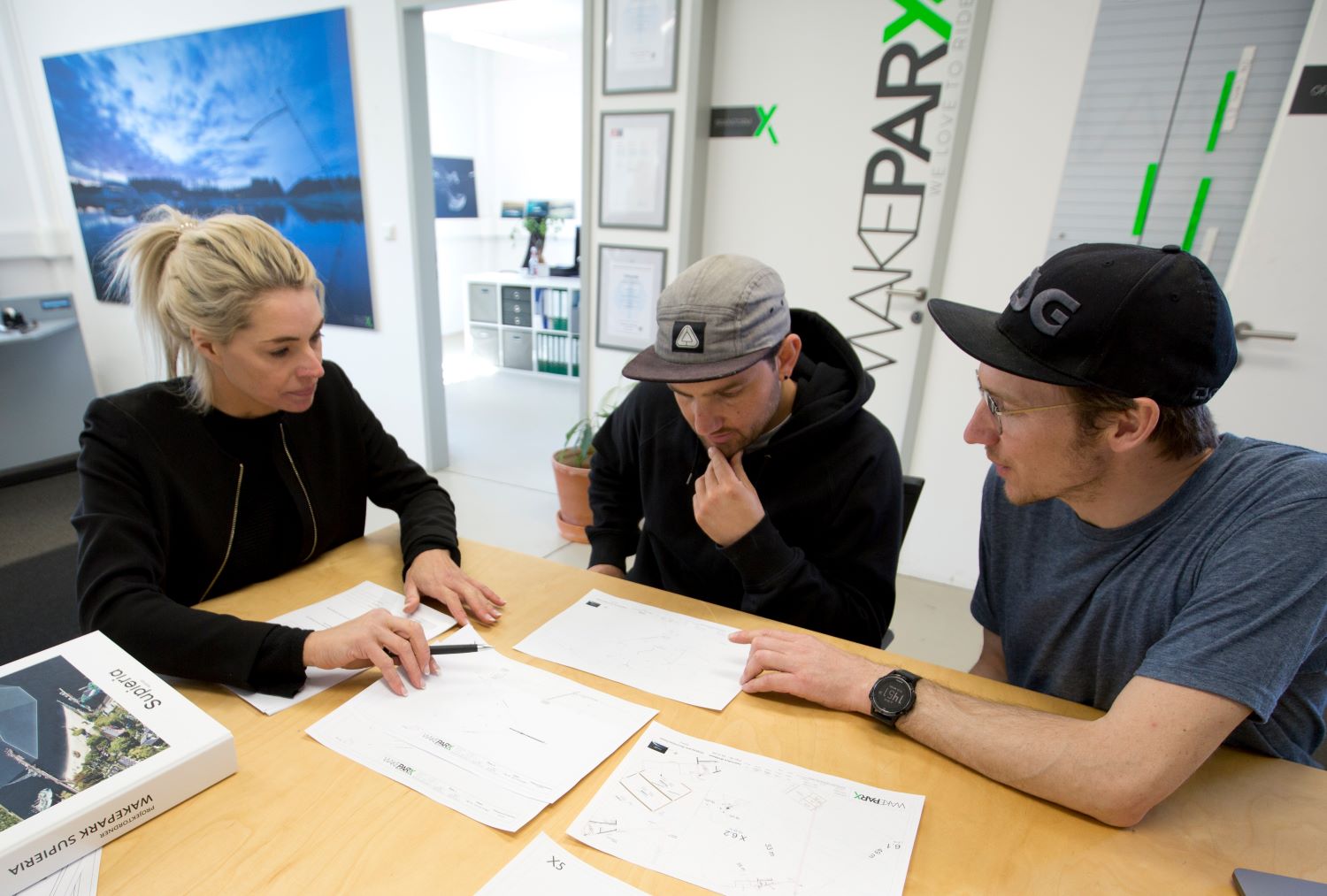
© Dan Deak Bardos
8. Environmental and Social Compatibilities
| 8.1. Analyze the project’s impact on the environment | To determine the environmental impacts of a wake park, conducting an environmental impact assessment may be necessary. |
| 8.2. Evaluate social impacts and social compatibility | This includes factors such as noise levels as well as integration into the region, job creation and support for local organizations. |
9. Temporal Feasibility
| 9.1. Develop a realistic timeline for project implementation | The project schedule should be created with prudence and foresight, avoiding overly tight deadlines to accommodate any potential delays. |
| 9.2 Identify strategic and critical milestones | It is advisable to identify strategically important interim steps and milestones for the construction and operation of the wake park. |
10. Risk Analysis
| 10.1. Identify potential risks and challenges associated with the wake park project | For investors, it is crucial to be aware of the risks associated with the wake park project. For example, is the location situated in a potential flood zone or in a region prone to natural disasters? What are the risks in case of business errors (such as incorrectly estimated customer flow)? We recommend basing the assessment on existing facilities and listing them as references to demonstrate that your assumptions are realistic. |
| 10.2. Develop a risk mitigation plan to address and minimize identified risks | Once potential risks are identified, they can be mitigated using appropriate strategies – whether by obtaining insurance or implementing structural or operational measures. Risk mitigation strategies help to protect the investment in the long term. |
11. Summary
| 11.1. Summarize the key findings from the feasibility study | At this point, you summarize the primary outcomes derived from your feasibility study. |
| 11.2. Conclusion | The conclusion provides a comprehensive summary of whether the implementation of the project is feasible or not. |
12. Appendices
| Include supporting documentation | Such as market research data, financial projections, site evaluations, relevant permits and licenses, studies, tables, graphics, calculations and other information |
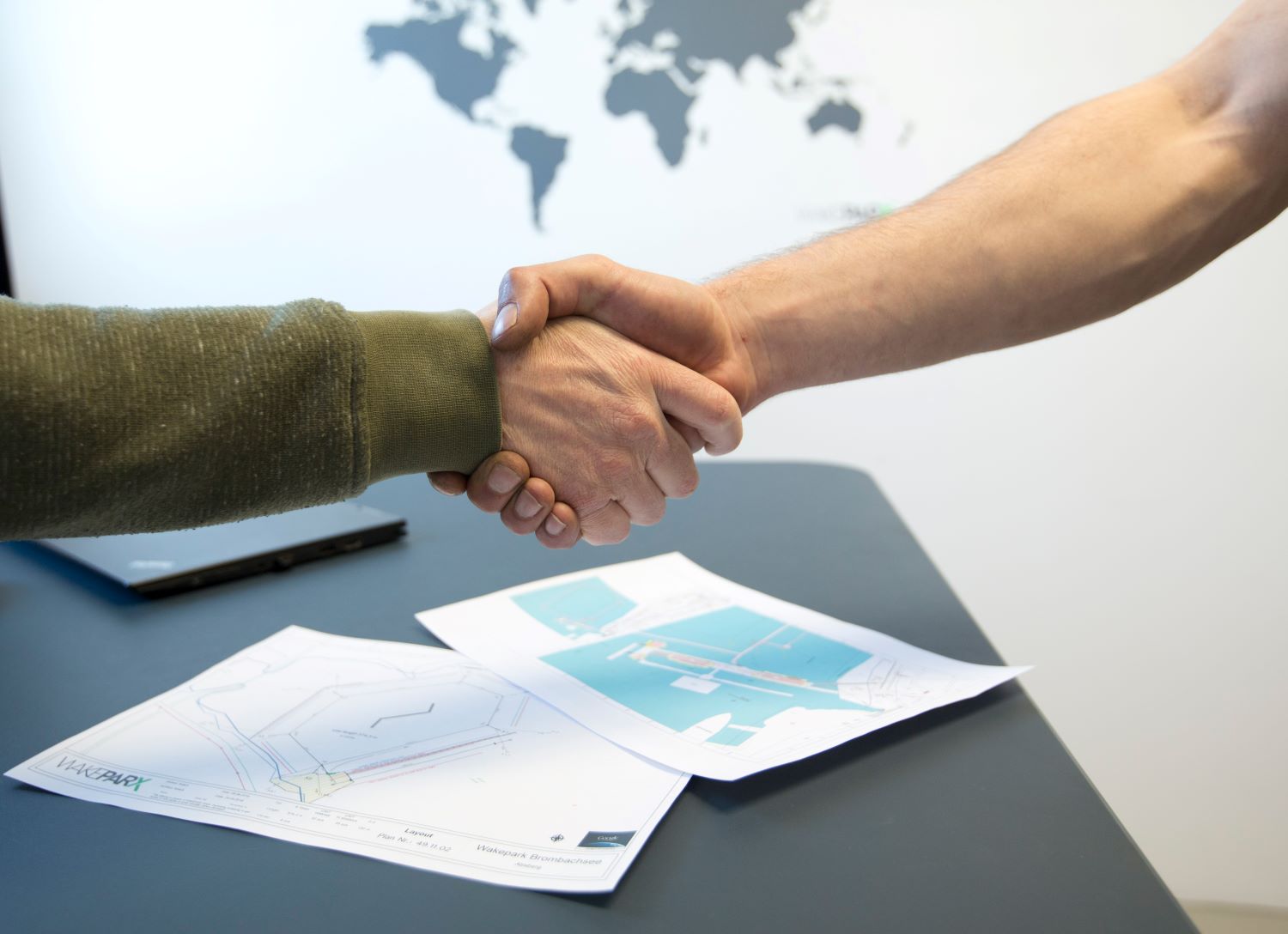
© Dan Deak Bardos
Why is a good feasibility study so important?
A feasibility study provides the framework for a solid assessment of your project. It takes time to gather the necessary information, but it’s worth it. A good feasibility study demonstrates that you have thoroughly examined your project, which is crucial if you want to convince others to invest in your venture.
While we cannot create a feasibility study for our clients, we can support you in the process. Get in touch with us! Together, we’ll make your wake park a reality.
Related articles
Sustainability at Wakeparx: How we demonstrate ecological, economic and social responsibility in our business
People and environment matter to us. That's why we focus on resource-saving solutions and efficient processes to make our business as sustainable as possible.
New: System 2.0 as a customized solution – compact wakeboard-facility with great potential
In the past, System 2.0 was available as an add-on to our full-size cables. We are now also offering this sleek wakeboard facility as a standalone, customized solution, opening up new opportunities for both future and existing cable parks.
2023 was huge, but 2024 is going to be immense!
2023 was an eventful and exciting year. It paved the way for an exhilarating 2024 and clearly showed that cable wakeboarding has grown as a niche sport globally, taking on a rising role in project and urban development.
The Big 4: The most common challenges in wakepark construction and how to overcome them
When it comes to wakepark projects, we see similar challenges over and over again that even the most ambitious can fail at. We reveal what these are and how you can best prepare yourself to make your project a success.
WakeClubCologne: An XXL construction project
The WakeClubCologne is one of our most challenging construction projects. It shows: We can do XXL!
Best places to wakeboard: Insights into current Wakeparx projects
In 2023 we are working on exciting projects that inspire, challenge, motivate us and show us how much we love what we do. We provide an insight into current projects.
Costs of building a cable park: Expenses related to the property
How expensive the construction of a wake park is, depends to a large extent on the specifications of the land on which the area is to be built. In our article, we explain what kind of costs can come from it.
Working with Wakeparx – Planning steps to make the dream of a Wakeboard cable park become a reality!
Are you planning to build a cable park? We can develop a master plan together to make your dream become a reality!
Perfect for starting into the cable park business: This is how we developed a high-quality and price-optimized Sesitec FSC system
With the acquisition of Sesitec we have expanded our product portfolio to offer an affordable full size cable system in Wakeparx quality to beginners.
Artificial lakes as a location for a perfect cable park: potentials, advantages, opportunities
By creating an artificial lake, you have the opportunity to build the perfect cable park and tailor the entire area to your individual requirements and wishes.

Anne
Inquiries & Sales
Office hours: 10am-5pm (CEST)
Phone: +49 89 244 134 05
Mobile: +49 172 6390 639
Mail: anne@wakeparx.com
You plan on building a wakepark? Anne is the expert you want to talk to. Having a strong background in architecture and urban planning, she can quickly walk you through the requirements, the project timeline and any budget question that you might have. Anne handles all Full Size Cable system installations and we are not sure why you are still reading and haven’t picked up the phone yet.
PLACEHOLDER
Onboarding & Planning
Project Management
Cable System Inquiries
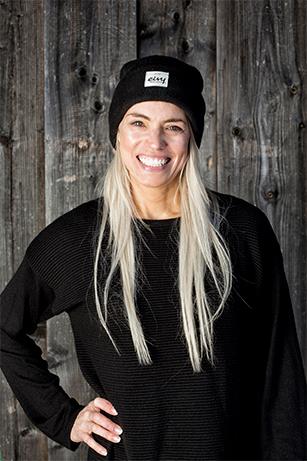
Anne Eaton
Director of Sales and Project Management


